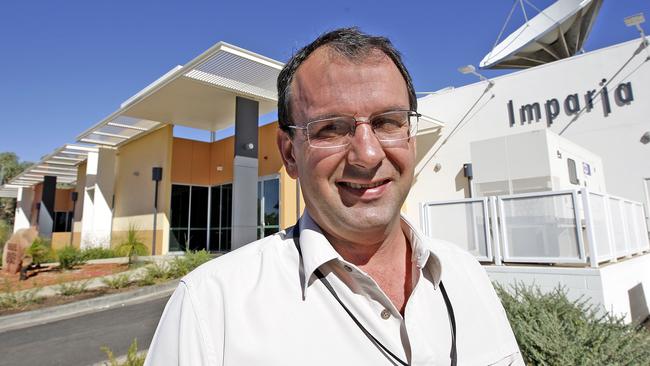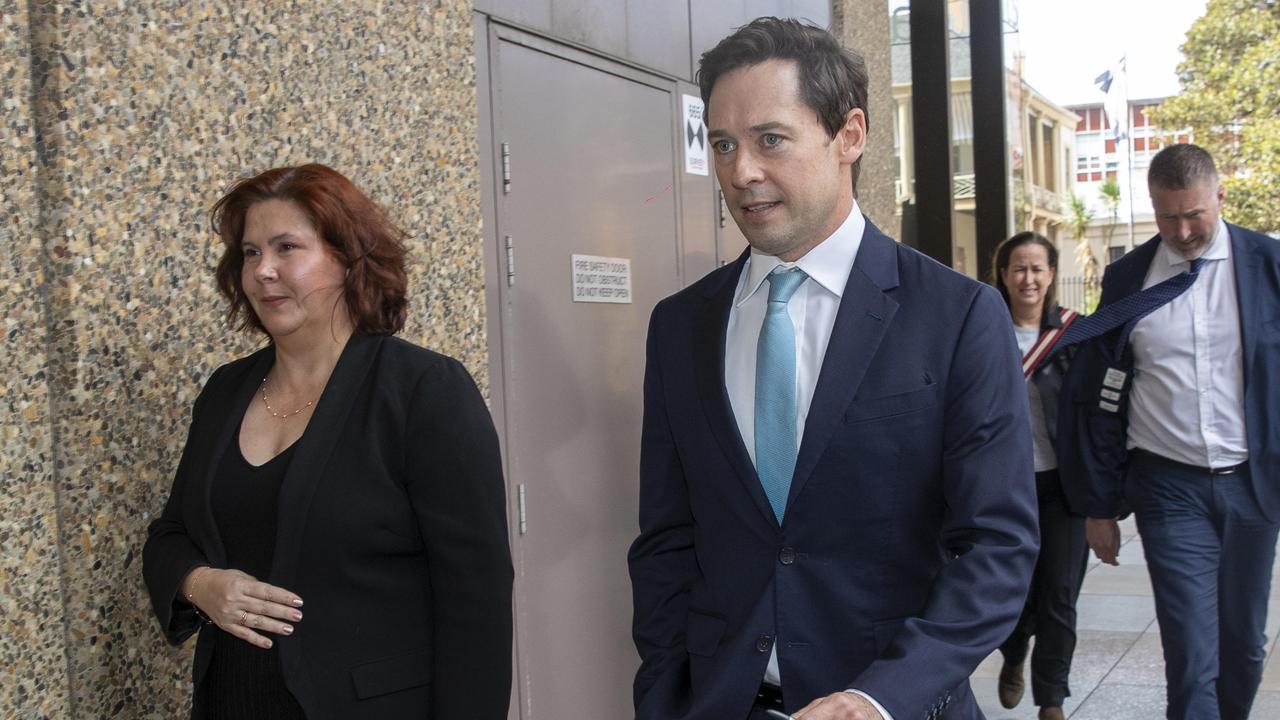Broken Imparja TV network leaves bush in dark ahead of voice to parliament vote
The vast majority of Indigenous households in remote Australian communities will struggle to access news reports about the voice unless the neglected TV infrastructure in the bush is repaired.

The vast majority of Indigenous households in remote communities will struggle to access news reports about the voice to parliament ahead of the referendum unless the chronically neglected television infrastructure in the bush is repaired.
Up to 80 per cent of Indigenous households across all states and territories (excluding Western Australia) have no working free television service due to damaged cabling, broken satellite dishes and defunct set-top boxes, and cannot access free-to-air TV, including the wholly Aboriginal-owned Imparja Television, according to a recent study by RMIT.
Imparja CEO Alistair Feehan has called on the federal government to urgently address the communications crisis, or risk shutting potentially hundreds of thousands of First Nations peoples out of the national debate on the voice.
“Instead of being included in a community debate about the need for Indigenous voices to be heard by decision-makers, remote Indigenous Australians will be out of the loop,” he said.
“It’s a bitter irony that the very people the voice is designed to assist won’t have a clue what’s going on in Canberra.
“This is a very basic service other Australians take for granted.
“While successive past governments have recognised Imparja’s perilous financial position, they have only offered morsels.
“We are now at crisis point. This is crunch time.”
Imparja Television is a not-for-profit corporation and buys most of its programming from the Nine Network. Its broadcast area is 3.6 million square kilometres.
It was established in 1987 but in recent years has been plagued by rising production costs which has made it more difficult to produce Indigenous news content, and the failures of the ageing infrastructure network in outback Australia.
Bill Risk, a senior Indigenous elder who has been chairman of Imparja Television for more than a decade, said he had raised the need for additional funding with governments of all political stripes over the past 10 years, to no avail.
The service was now at serious risk of closure, Mr Risk said.
“This is the ugly secret governments of both persuasions have known about for some years but have done nothing to rectify,” he said.
“If the inclusion of a voice to parliament is aimed at lifting Indigenous input into policy making, it stands to reason Indigenous people need to be connected to community debate in the way Australians take for granted: via a television in their homes.
“Instead, tens of thousands of Indigenous families will have to make do with weeks-old newspaper snippets and radio grabs.
“That’s hardly fair when well over 60 per cent of Australians rely on broadcast television as their main source of news.
“Imparja needs more support. The impact of increasing costs and revenues declining 30 per cent in six years has forced it to cut staff and services.
“What was once a significant employer of Indigenous Australians is facing the reality of having to close within months. Imparja needs a commitment from government of long-term funding, particularly around infrastructure, just as the ABC and SBS enjoy.”
Communications Minister Michelle Rowland told The Australian that Labor was aware of the problems with free-to-air television services in remote areas, but laid the blame with the previous Coalition government for its inaction on the matter.
“The Albanese government appreciates the importance of television services for local communities,” she said. “It is of deep concern and wholly unacceptable that, after a decade of neglect and mismanagement under the Liberal National government, a number of remote Indigenous communities across Australia do not have adequate access to free TV.
“That is why the Albanese government has included remote broadcasting and satellite-delivered television as a work stream under the work program of the Future of Broadcasting Working Group, as well as convened the First Nations Digital Inclusion Advisory Group, which is considering issues around access to broadcasting services for Indigenous Australians.
“The government is assessing future arrangements for television broadcasting as part of its broader media reform agenda.”




To join the conversation, please log in. Don't have an account? Register
Join the conversation, you are commenting as Logout